|
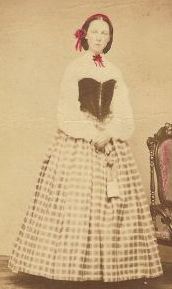
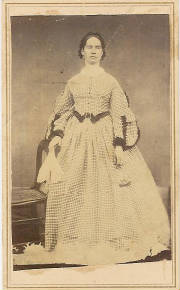
Reticules and Purses
A purse or reticule is not a necessity; however,
if you wish to have something in which to carry a few small items, they can be useful. Most purses were small, no more than
four inches long, could be beaded, crocheted, of fabric or of leather.
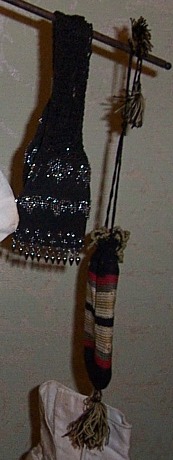
A miser purse has a long, narrow, tubular shape
with a slit left open in the middle. The purse was pulled through two metal rings, called sliders. Both rings are slid to
one side, coins are inserted through the opening into the other end of the tube, then one of the rings is slid tight against
the end to secure the coins inside. Coins would be inserted into both ends in this way. The rings ensure that coins cannot
escape through the central slit. Many women’s magazines of the period offered patterns for making purses and reticules
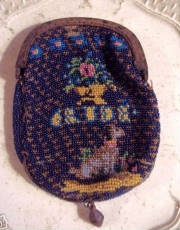
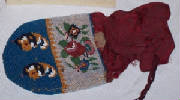
Another common type of reticules was the shape of
a small bag with drawstring or clasp closures; these were often beaded. There were also leather handbags, smaller versions
of what we might find today.
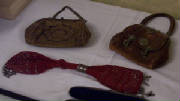
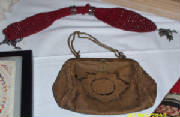
An article in Volume XVI, No. 2 May 2009 edition of the Citizen's
Companion offers a few additional period photos of women with purses.
Again, ensure your choice of reticule matches your
impression; a working class impression would probably not carry an ornately beaded purse.
Do not use a basket as a purse. A basket was used
to carry work or purchases. If you must carry items that are too big to fit in a reticule, you might want to consider a waist
pocket under your hoops that is accessed through a slit in your skirt. While not completely correct for the 1860s, it has
a better appearance than a basket.
|

